An Introduction to Sound Healing
Does sound healing really work? Well, have you ever noticed, how you sometimes begin tapping along your foot to a catchy song? Some of us even start humming along, maybe even dancing. That’s just a commonplace example of how music can affect us all. Many aspects of sound can actually improve our physical health and emotional well-being as well.
Before we get into the basics of sound healing, it’s important to differentiate between sound and noise. The same kind of sound can mean different things to different people. Take, for example, heavy metal music – music to some ears, but noise to others.
For sound to have its healing property, it is important that the listening individual finds it pleasant and calming.
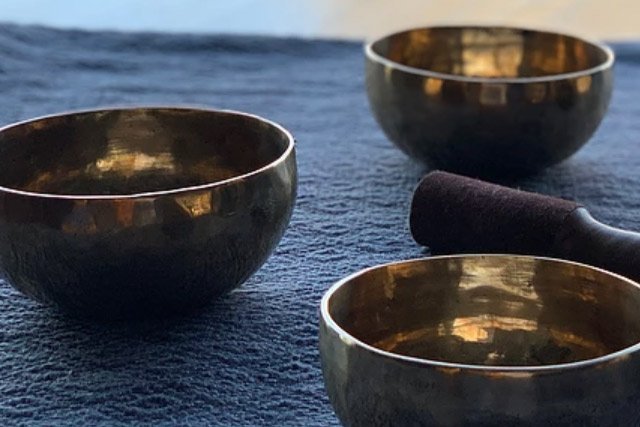
How sound healing works
Sound healing makes the use of voices, notes, waves or even musical instruments in a directed and intentional manner for the listener. When implemented correctly, it can help reduce stress, and the vibrations from the sound can even affect bodily functions like breathing or blood pressure. In fact, this is referred to as ‘vibro-acoustic therapy’ – or the practice of using sound vibrations for creating a sense of holistic well-being.
Certain objects that resonate, such as tuning forks, gongs and Tibetan singing bowls can have a similar effect to the vibrations of a low-pitched, calm and serene voice. They can help the listener feel peaceful and composed, and even stimulate healing.
How can sound help you heal?
Sound healing is slowly becoming more popular as more and more people discover its healing properties. While some music therapists offer group sound healing sessions where a number of musical instruments are used to evoke emotional responses or relax the group, others offer individual healing sessions or sonic massages to remedy physical ailments and even emotional ones
The practice of sound healing stems from ancient cultural practices, such as the use of Tibetan singing bowls, which were believed to stimulate spontaneous healing and help remedy the imbalances responsible for many physical illnesses. The singing bowls were considered to be channeling the sounds of the entire universe, creating harmony between the self and everything external to it.
Modern medicine is only now beginning to catch up with the healing power of vibrations. From a neurological standpoint, it is being recognized how sound waves trigger responses in our mind that can alter our emotions, release hormones and affect both our bodies and our moods. That’s why a good song can trigger the impulse to stand up and dance!
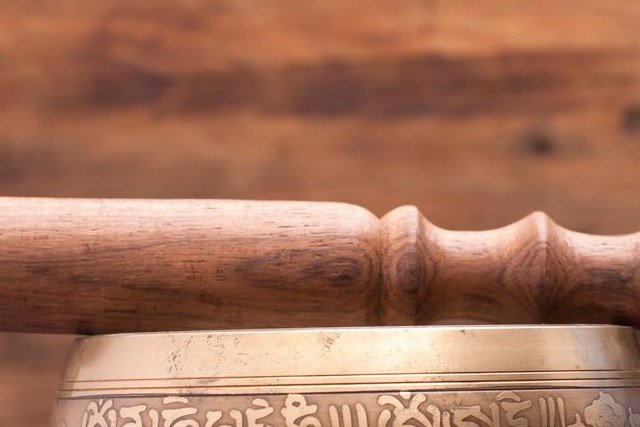
What can you do to bring sound healing into your life?
– Learning how to correctly hold and strike a Tibetan singing bowl can take some practice, but you could start with getting your own bowl and using it on a daily basis to balance your bodily energies.
– You can also download or purchase some guided meditations, where a rhythmic voice can slowly guide you in the mornings or evenings, when you would like to be in a meditative state.
– If you’d like to experiment, consider other kinds of sound healing therapies – tuning forks, wind chimes or maybe even instruments like the Djembe if you’re musically inclined!
Whichever path you choose, why not try something new – maybe it can help you march to your own beat and find peace!
For more life-changing revelations to help you find your inner peace, follow Kaldan’s blog and get regular updates from the most inspirational speaker in India.


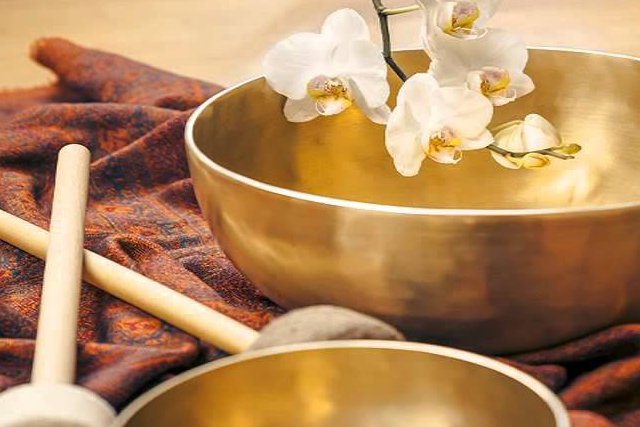

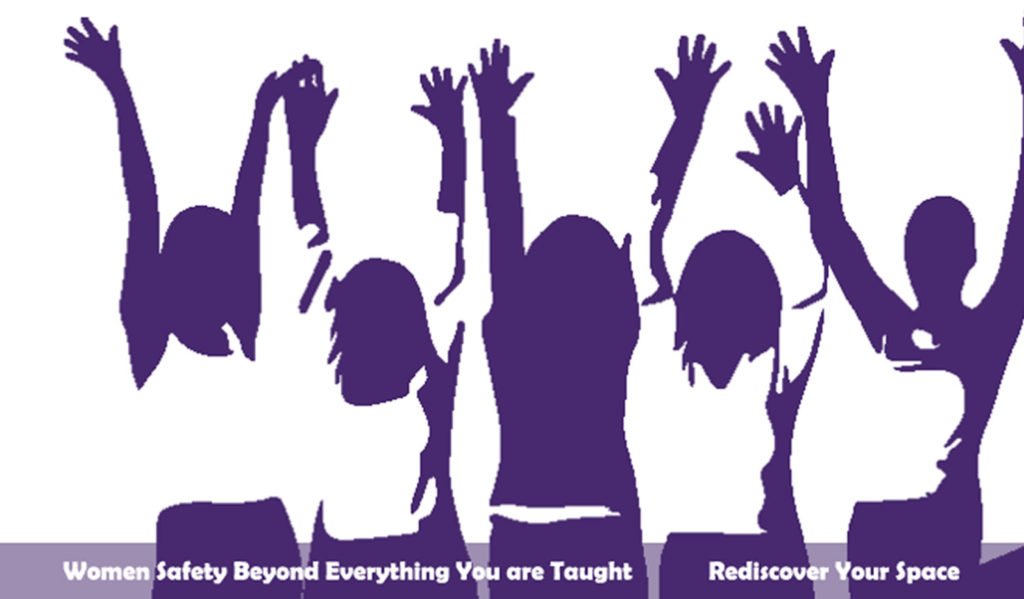



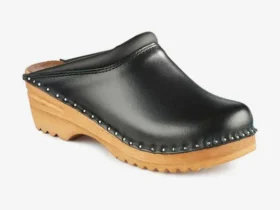







Leave a Reply